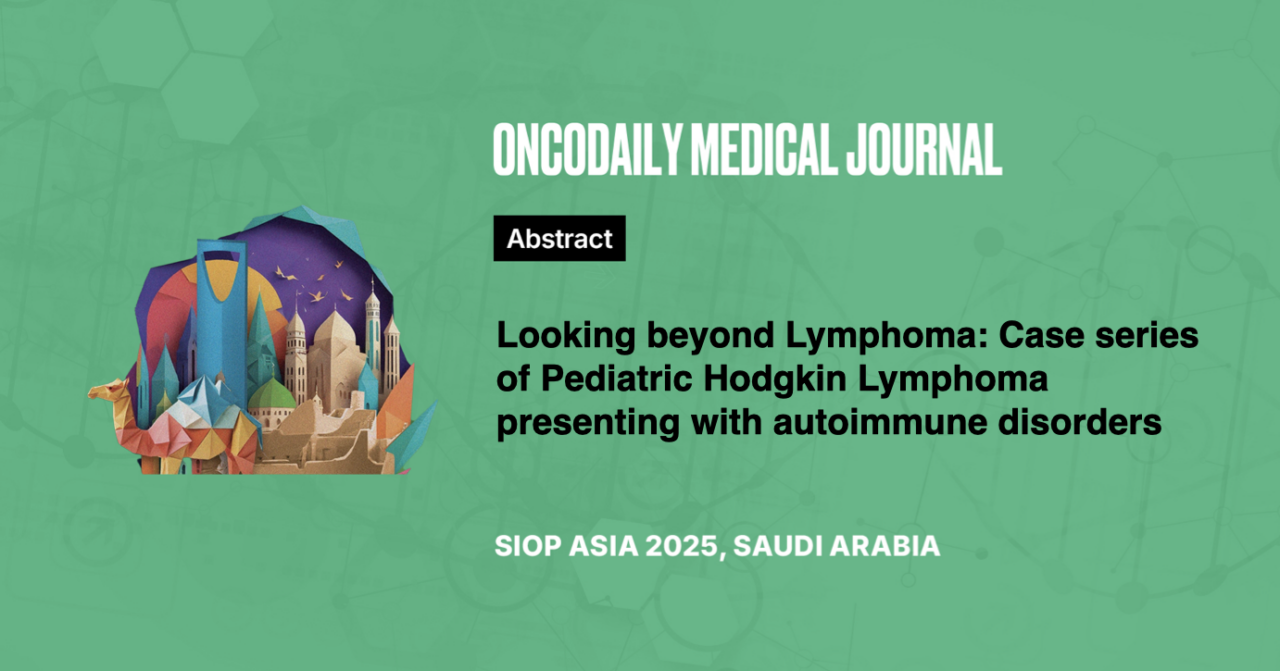Looking beyond Lymphoma: Case series of Pediatric Hodgkin Lymphoma presenting with autoimmune disorders
Abstract
Introduction: Autoimmune diseases, characterised by inappropriate immune responses have been increasingly linked to lymphoid malignancies, including Hodgkin lymphoma (HL). This association of lymphoma and autoimmune manifestations is predominantly studied in adults affected by Non-Hodgkin lymphoma. There is sparse literature concerning Hodgkin lymphoma, particularly in children and adolescents. We describe the clinical profile and outcomes of pediatric HL presenting with autoimmune disorders.
Methodology: A retrospective chart review of children < 15y of age with biopsy proven HL presenting with autoimmune disorders between Jan 2007 and Dec 2021 was performed. Patients with association of autoimmune manifestations were identified and were reviewed separately.
Results: During the study period, 338 children were diagnosed with HL. Among these, nine children presented with autoimmune disorders either preceding or concurrent with first diagnosis or relapse. Four patients had autoimmune hemolytic anemia (AIHA), the remaining 5 had a different autoimmune pathology: evans syndrome, immune thrombocytopenia (ITP), autoimmune hepatitis (AIH), and Guillain-Barré syndrome.
All of them had advanced-stage HL, with bulky disease in 66% and B symptoms in 89%. The most common histological subtype was nodular sclerosis (66%). Hypoalbuminemia was present in 66% of patients, and 90% had low haemoglobin levels (Hb <9 g/dL). Sixty-six percent of patients were treated with ABVD chemotherapy, while the remaining received hybrid ABV COPP therapy.
The most common grade 3 or higher toxicity was neutropenia. Of the nine patients, five achieved complete remission after chemotherapy and one had a partial response. Two patients had stable disease and received salvage therapy. One patient with AIH unfortunately died before starting therapy due to acute liver failure. Another patient relapsed twice and ultimately succumbed to the disease.
Conclusion: Our study demonstrates that a high index of suspicion of underlying HL in children presenting with autoimmune disorders can aid early diagnosis and improve outcomes.





